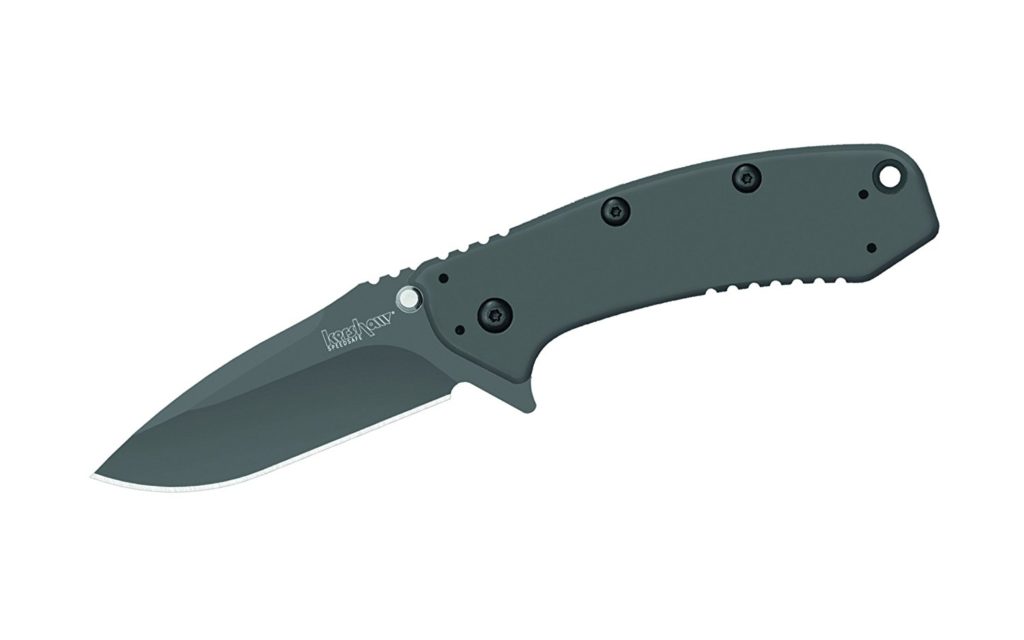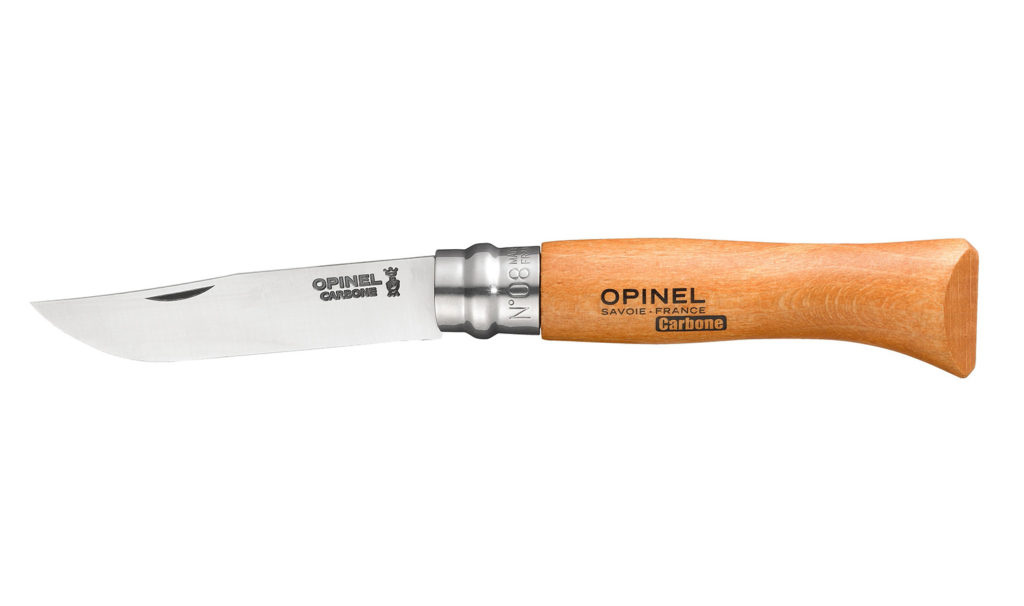Does it matter if your knives and other accessories are carbon steel or stainless steel? Let’s examine the difference of carbon steel versus stainless steel for your everyday carry items.
First of all, let’s give a little explanation of the different types of steel that you are likely to encounter in this situation. When you get into serious cooking in a kitchen, either professionally or as an avid home cook, you’ll probably figure out that high-end kitchen knives are made of carbon steel whereas the silverware on the table is typically stainless steel.
Steel
Backtracking even more, what is steel? Steel is an alloy, which is the metallurgic word for combination. The combination of iron and carbon makes steel. I’m not a metallurgist, so this is a very basic explanation. Carbon is added to iron ore generally in the form of coke, which is a high-carbon content material made from coal.
Stainless Steel
Stainless steel also has iron ore and carbon but it also has a bit of chromium added to the original steel. This chromium adds resistance to corrosion and rust. That’s probably easy to remember because that’s why we call it “stainless.” Chromium is what gives stainless steel silverware its characteristic silver “sheen.” It doesn’t tarnish or show water spots. It doesn’t rust very easily. A stainless steel knife will rust, it will just take longer. Stainless steel is also harder to sharpen. It is considered a “softer” steel, which means it won’t take an edge as readily as other forms of steel. This “softness” means that if it is bent it will likely be fine.
Carbon Steel
Carbon steel is steel that has an increase in hardness. This hardness issue can be a little confusing. It is considered to be a “harder” steel, but it also increases its brittleness. Scientifically, this is described as being less “ductile.” Ductility is the material’s ability to deform under stress. So a stainless steel knife blade may bend a little under stress whereas the carbon steel blade won’t. This means it’s more likely to chip if you drop it.
Along with the hardness comes the fact that a carbon steel blade can be more highly sharpened. It takes an edge more easily than stainless. The knife is overall “harder” meaning stronger, but the edge can also chip more easily and gets worn down faster. Carbon steel will stain more readily, so it should be cleaned right after use. It should not be left wet for very long. You can rub the blade with mineral oil to form a protective coating that prevents rust when your knife isn’t being used.
High carbon steel knives simply have more carbon added. The increased carbon increases the steel’s hardness (it takes an edge even better) but it also increases its ductility an equal measure.
The Comparison
Because stainless is less prone to rusting, if you’re in a wet environment and are going to be using your knife on a boat, in the rain, in snow, or generally near a lot of water, you might opt for stainless. It really depends on what type of knife you want. If you’re willing to give your knife ongoing, maybe sometimes daily care and take care of it, you might want a carbon or high-carbon steel knife. If you want a razor’s edge and you’re willing to sharpen your knife frequently to get that edge, you want a carbon steel knife.
If you want an EDC knife that will be there when you need it, not need a lot of extra care and handling and will be less likely to chip if you drop it you probably want a stainless steel knife. Stainless knives won’t stay sharp as long and won’t get sharpened to a razor’s edge to the same degree as carbon steel, so you’ll need to continually sharpen your stainless knife if you want a really sharp edge.
What are your thoughts on the best type of EDC knife to carry?
Here are a couple of examples of affordable EDC knives in both categories.
The Kershaw Cryo Knife
This knife has a stainless steel blade and a stainless steel handle. It’s a sturdy pocket-size folding knife with a secure locking blade and opens via a thumbstud or flipper. A good deal at only $56 from the Kershaw website (it seems to be cheaper on Amazon so check around).
The Opinel Carbone
Another pocket-size basic everyday carry knife, this one from Opinel is a 3.35-inch folding knife with a beechwood handle. Beech is a hard wood and has an elegant look. But, it even says right in the description, “can corrode easily” and the manufacturer advises users to avoid dampness and wipe and grease the blade after use. That means after every use! So if that sounds like too much work for you, stick with stainless. On the bright side, this knife comes from the Opinel website for only $15.








